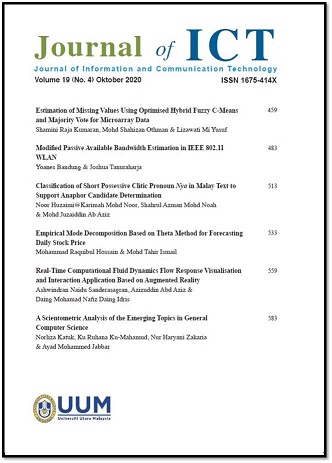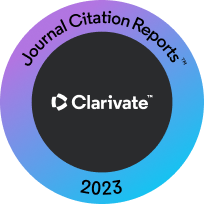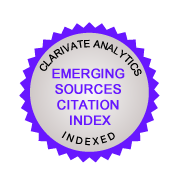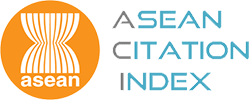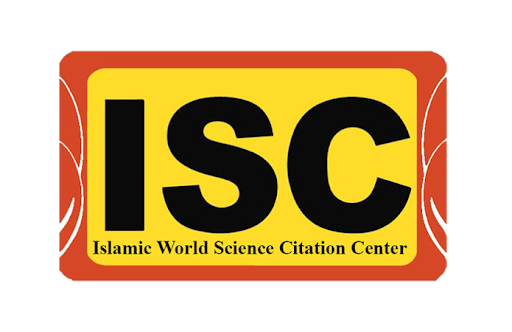MULTILABEL OVER-SAMPLING AND UNDER-SAMPLING WITH CLASS ALIGNMENT FOR IMBALANCED MULTILABEL TEXT CLASSIFICATION
DOI:
https://doi.org/10.32890/jict2021.20.3.6Abstrak
Simultaneous multiple labelling of documents, also known as multilabel text classification, will not perform optimally if the class is highly imbalanced. Class imbalanced entails skewness in the fundamental data for distribution that leads to more difficulty in classification. Random over-sampling and under-sampling are common approaches to solve the class imbalanced problem. However, these approaches have several drawbacks; the under-sampling is likely to dispose of useful data, whereas the over-sampling can heighten the probability of overfitting. Therefore, a new method that can avoid discarding useful data and overfitting problems is needed. This study proposes a method to tackle the class imbalanced problem by combining multilabel over-sampling and under-sampling with class alignment (ML-OUSCA). In the proposed ML-OUSCA, instead of using all the training instances, it draws a new training set by over-sampling small size classes and under-sampling big size classes. To evaluate our proposed ML-OUSCA, evaluation metrics of average precision, average recall and average F-measure on three benchmark datasets, namely, Reuters-21578, Bibtex, and Enron datasets, were performed. Experimental results showed that the proposed ML-OUSCA outperformed the chosen baseline random resampling approaches; K-means SMOTE and KNN-US. Thus, based on the results, we can conclude that designing a resampling method based on the class imbalanced together with class alignment will improve multilabel classification even better than just the random resampling method.
Fail Tambahan
Diterbitkan
Terbitan
Bahagian
Lesen
Hak Cipta (c) 2022 Journal of Information and Communication Technology

Kerja ini dilesenkan di bawah Creative Commons Attribution 4.0 International License.

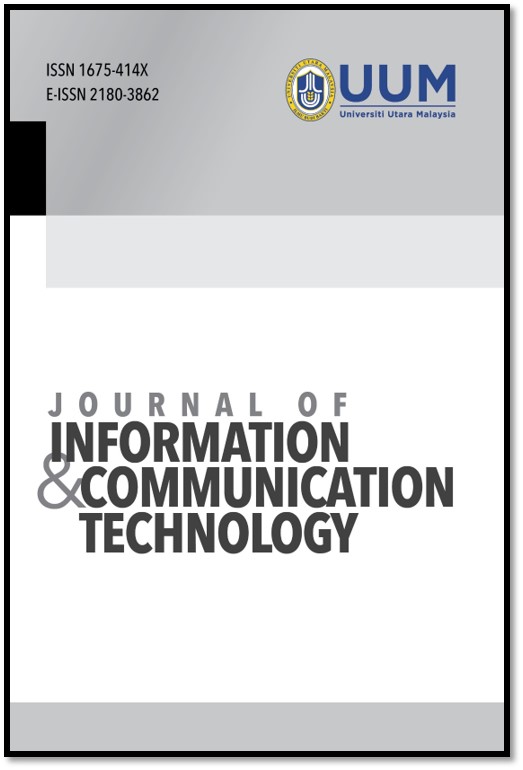 2002 - 2020
2002 - 2020